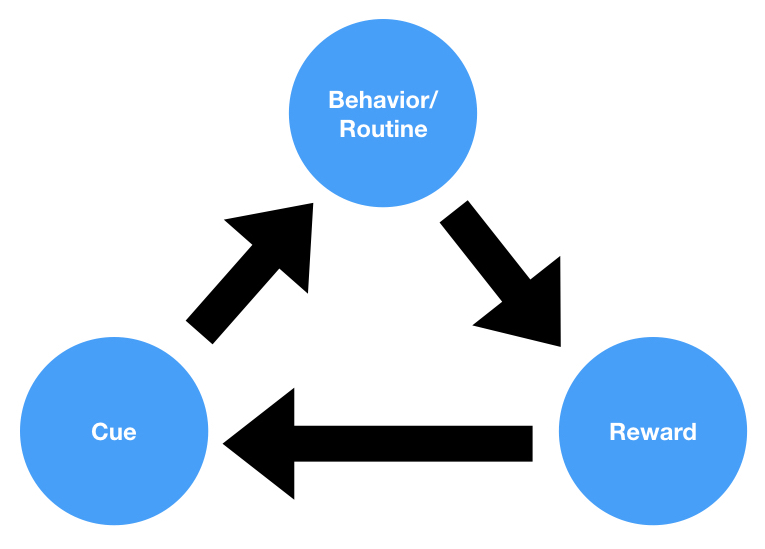What is a Difference Threshold?
Difference Threshold, also known as Just Noticeable Difference (JND), is a concept in psychophysics that refers to the minimum amount of change in a stimulus required for an individual to detect the difference between two stimuli with a 50% accuracy rate. Developed by German psychologist Ernst Weber, the concept is based on the idea that the ability to perceive differences between stimuli depends on the proportion of change rather than the absolute difference. This principle is expressed by Weber’s Law, which states that the ratio of the difference threshold to the initial stimulus intensity remains constant. The difference threshold can vary depending on the type of stimulus, individual differences, and contextual factors.
Examples of a Difference Threshold
-
Visual Stimuli
When looking at two lights of different brightness, the difference threshold refers to the minimum change in brightness required for an individual to perceive one light as brighter than the other. This threshold can vary depending on factors such as the initial brightness levels and the viewer’s sensitivity to changes in brightness.
-
Auditory Stimuli
In the context of auditory stimuli, the difference threshold refers to the smallest change in volume, pitch, or other sound properties that an individual can detect. For example, the difference threshold for volume may be the smallest change in decibels that a person can perceive as louder or quieter than the original sound.
-
Tactile Stimuli
For tactile stimuli, the difference threshold refers to the minimum change in pressure, texture, or other tactile properties that an individual can detect. For example, when touching two surfaces with different textures, the difference threshold represents the smallest change in texture that a person can distinguish between the two surfaces.
-
Gustatory Stimuli
In the realm of taste, the difference threshold refers to the smallest detectable change in the taste of a substance, such as sweetness or saltiness. For example, the difference threshold for sweetness may be the minimum change in sugar concentration required for an individual to perceive a difference in sweetness between two beverages.
Shortcomings and Criticisms of Difference Threshold
-
Individual Differences
Difference thresholds can vary significantly between individuals due to factors such as genetics, age, and previous experiences. This variability makes it challenging to establish universal standards for difference thresholds across different types of stimuli.
-
Contextual Factors
The perception of differences between stimuli can be influenced by contextual factors such as attention, expectations, and the presence of other stimuli. These factors can affect difference thresholds, making it difficult to isolate the effects of the stimulus properties alone.
-
Methodological Issues
Studies investigating difference thresholds often rely on subjective reports from participants, which can be prone to biases and inaccuracies. Additionally, experimental conditions may not always reflect real-world situations, limiting the generalizability of the findings.
-
Limitations of Weber’s Law
While Weber’s Law is useful for understanding the relationship between stimulus intensity and difference thresholds, it does not hold true for all types of stimuli and situations. In some cases, the relationship between stimulus intensity and difference threshold may be more complex than predicted by Weber’s Law.




